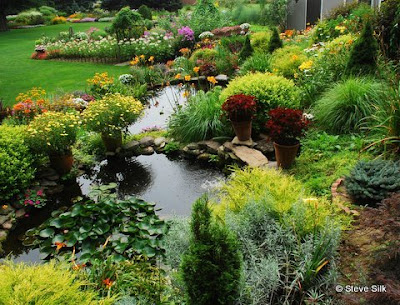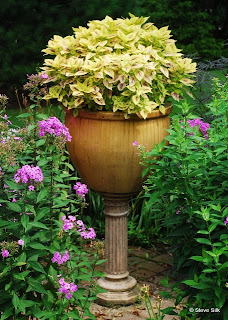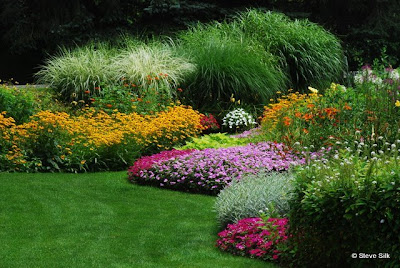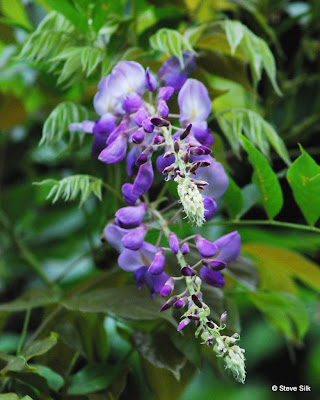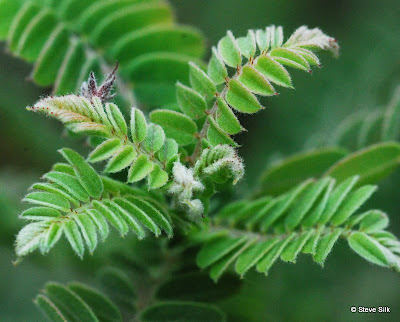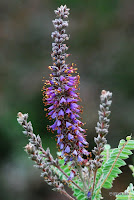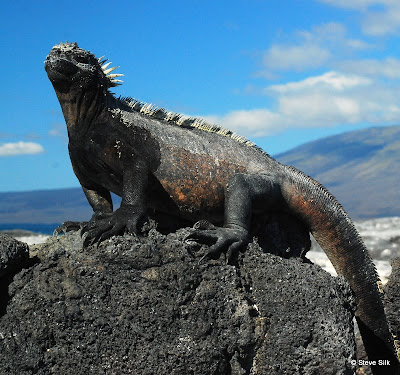
 We've just returned from a few weeks south of, or more precisly, along, the Equator. We were in Ecuador and the Galapagos Islands, and it was a trip full of energizing ideas, incredible sights and a feeling of what the the earth might have been like had humans never trod upon it. The Galapagos are an amazing destination about which I can offer only one word of suggestion: GO!
We've just returned from a few weeks south of, or more precisly, along, the Equator. We were in Ecuador and the Galapagos Islands, and it was a trip full of energizing ideas, incredible sights and a feeling of what the the earth might have been like had humans never trod upon it. The Galapagos are an amazing destination about which I can offer only one word of suggestion: GO!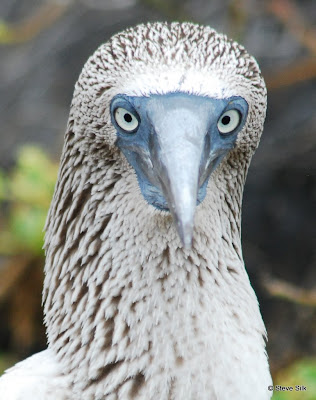
While our trip is likely to generate a number of future posts, I still need to intellectually digest All the stimuli it provided. In the meantime, please enjoy this gallery of faces-such as the blue-footed booby above-from the Galapagos Islands, latitude zero.

Giant tortoise from Santa Cruz. Each island has its own variant of the tortoise. Supposedly Steven Spielberg visited the Galapagos years ago, and the tortoises provided him the inspiration for creating the face of the most famous alien of all--E.T.

Land iguana
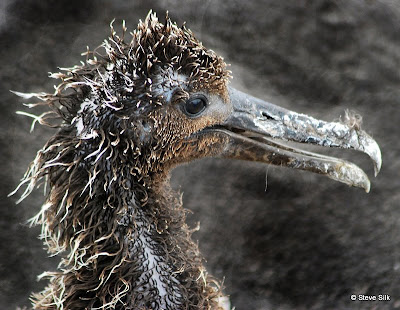
Albatross chick



















.jpg)



